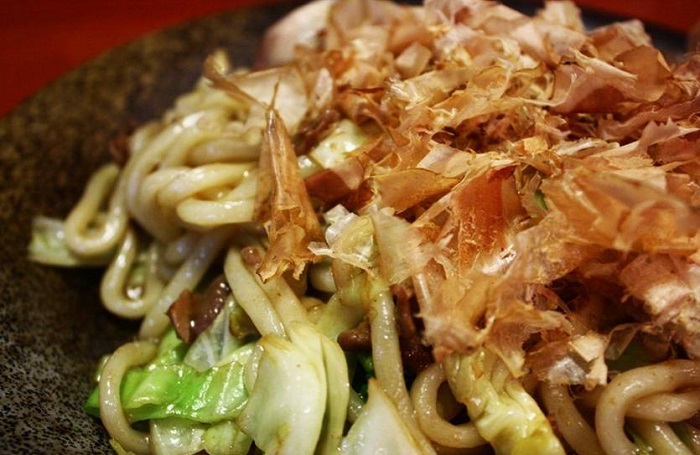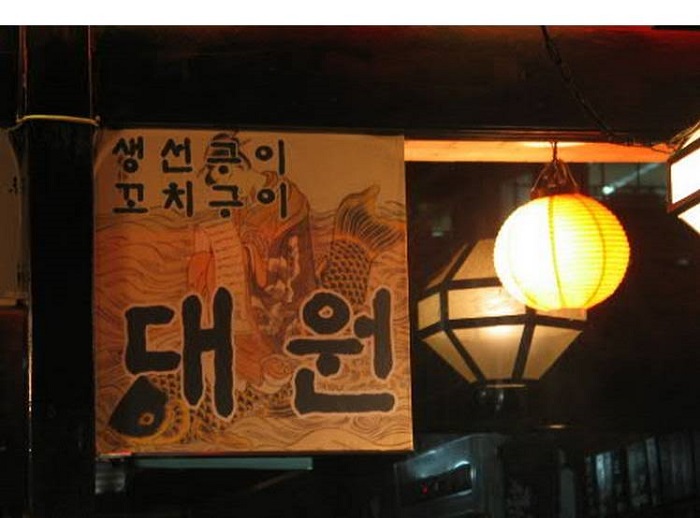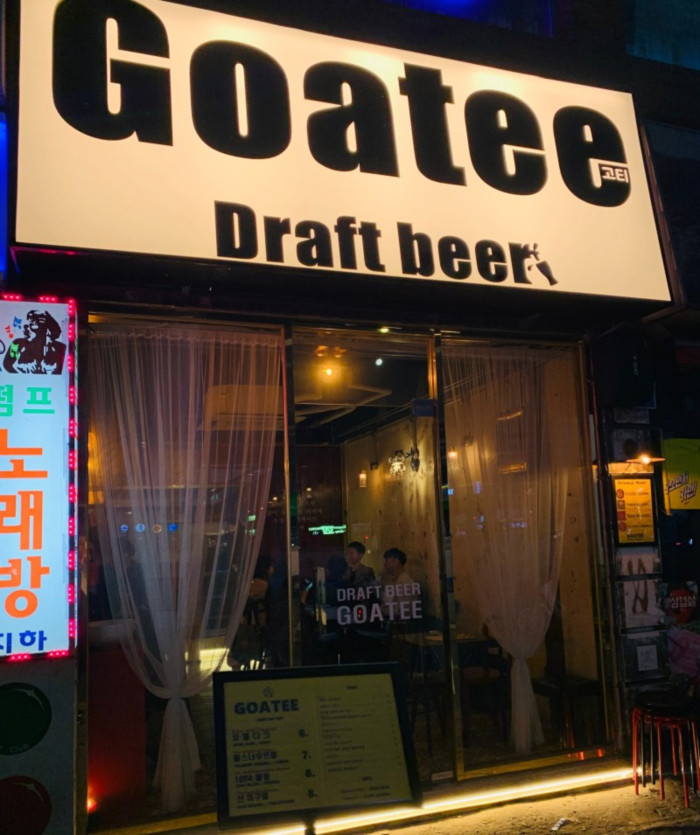Mouse Rabbit (마우스래빗)
7.8Km 2024-10-18
10, Neungdong-ro 11-gil, Gwangjin-gu, Seoul
SUPER JUNIOR Yesung
SUPER JUNIOR’s Yesung, who loves coffee, opened this cafe with her younger brother. It is also called 'Yesung Cafe' and is visited by domestic fans as well as foreign customers. Yesung serves himself, and it is decorated like a hideout. The cafe building, which consists of the first basement floor and the second floor above ground, catches the eye with a different theme for each floor. Ssamanko Smoothie and Icy Blue Smoothie are popular menu items.
Mado (마도)
7.8Km 2021-03-29
11, Uisadang-daero 1-gil, Yeongdeungpo-gu, Seoul
+82-2-784-2660
A restaurant specializing in Japanese course meal menu. This Japanese (cuisine) restaurant is located in Yeongdeungpo-gu, Seoul. The most famous menu is seafood yaki ddon.
Batang Plastic Surgery [Tax Refund Shop] (바탕성형외과의원)
7.8Km 2024-04-22
7F, 476, Gangnam-daero, Gangnam-gu, Seoul
-
Sinnonhyeon BB Pharmacy [Tax Refund Shop] (신논현비비약국)
7.8Km 2024-06-27
476, Gangnam-daero, Gangnam-gu, Seoul
-
Daewon (대원)
7.8Km 2021-03-27
34, Gukjegeumyung-ro 8-gil, Yeongdeungpo-gu, Seoul
+82-2-784-0879
It is a restaurant frequented by office workers. The best menu at this restaurant is grilled skewers. This Korean dishes restaurant is located in Yeongdeungpo-gu, Seoul.
WooAhin Plastic Surgery Clinic [Tax Refund Shop] (우아인 성형외과)
7.8Km 2024-06-27
4F, 111, Bongeunsa-ro, Gangnam-gu, Seoul
-
Goti (고티(Goatee))
7.8Km 2021-03-24
242, Achasan-ro, Gwangjin-gu, Seoul
+82-10-3283-6566
It is a place where you can enjoy Kozel dark draft beer at affordable prices. The best menu at this restaurant is gambas al ajillo (spanish garlic shrimp). This Western dishes restaurant is located in Gwangjin-gu, Seoul.
Cancelled: Seoul National Cemetery Spring Blossom Event (현충원, 호국의 봄을 열다)
7.8Km 2022-05-13
210, Hyeonchung-ro, Dongjak-gu, Seoul
• 1330 Travel Hotline: +82-2-1330 (Korean, English, Japanese, Chinese) • For more info: +82-2-815-3625
Every year, Seoul National Cemetery hosts an event when the weeping cherry blossoms within the cemetery are in full bloom. The weeping cherry blossoms symbolize patriotism and have a particularly pink appearance. The weeping cherry blossoms offer a fascinating sight with their branches hanging down, resembling a waterfall of flowers. The hanging branches may also seem to be bowing down to pay respect to the brave soldiers and martyrs who fought for the country.
Olive Young - Konkuk Univ. Branch [Tax Refund Shop] (올리브영 건대입구)
7.8Km 2024-04-22
115, Dongil-ro 22-gil, Gwangjin-gu, Seoul
-
Stantop Urology & Andrology Clinic (스탠탑비뇨의학과의원)
7.8Km 2025-07-29
(2nd,B2 Floors), 107 Bongeunsa-ro, Gangnam-gu, Seoul
With more than two decades of expertise in male surgery, our institution stands as a leader in urologic care, dedicated to improving the quality of life for men in Korea and around the world. Specializing in prostate hypertrophy, erectile dysfunction, and male enhancement, we are one of Seoul's premier urology centers, renowned for our focus on andrology.
Our team of urology specialists is committed to providing comprehensive and personalized care, resulting in high satisfaction rates among our patients. With extensive experience in treating prostate conditions, erectile dysfunction, and male enhancement, we are at the forefront of men's health.
Recognized as a prestigious urology institution, we attract medical professionals and patients from around the globe. To further enhance our services and share our expertise, we have been hosting international conferences since 2021, continuing our commitment to delivering the best in urologic care.



![Sinnonhyeon BB Pharmacy [Tax Refund Shop] (신논현비비약국)](http://tong.visitkorea.or.kr/cms/resource/87/3314587_image2_1.jpg)

![WooAhin Plastic Surgery Clinic [Tax Refund Shop] (우아인 성형외과)](http://tong.visitkorea.or.kr/cms/resource/30/3313930_image2_1.jpg)

![Olive Young - Konkuk Univ. Branch [Tax Refund Shop] (올리브영 건대입구)](http://tong.visitkorea.or.kr/cms/resource/07/2878807_image2_1.jpg)
 English
English
 한국어
한국어 日本語
日本語 中文(简体)
中文(简体) Deutsch
Deutsch Français
Français Español
Español Русский
Русский